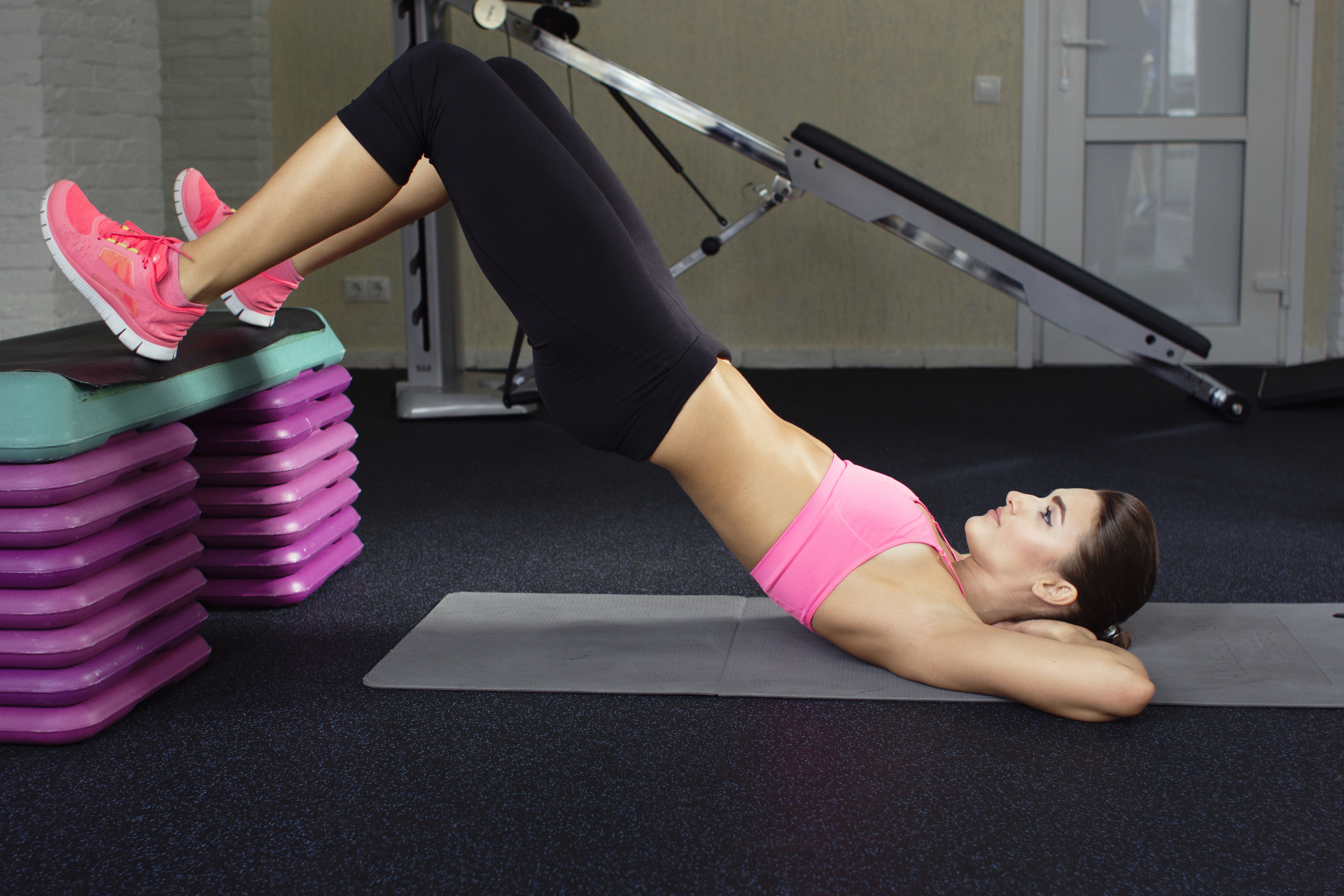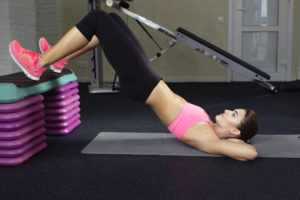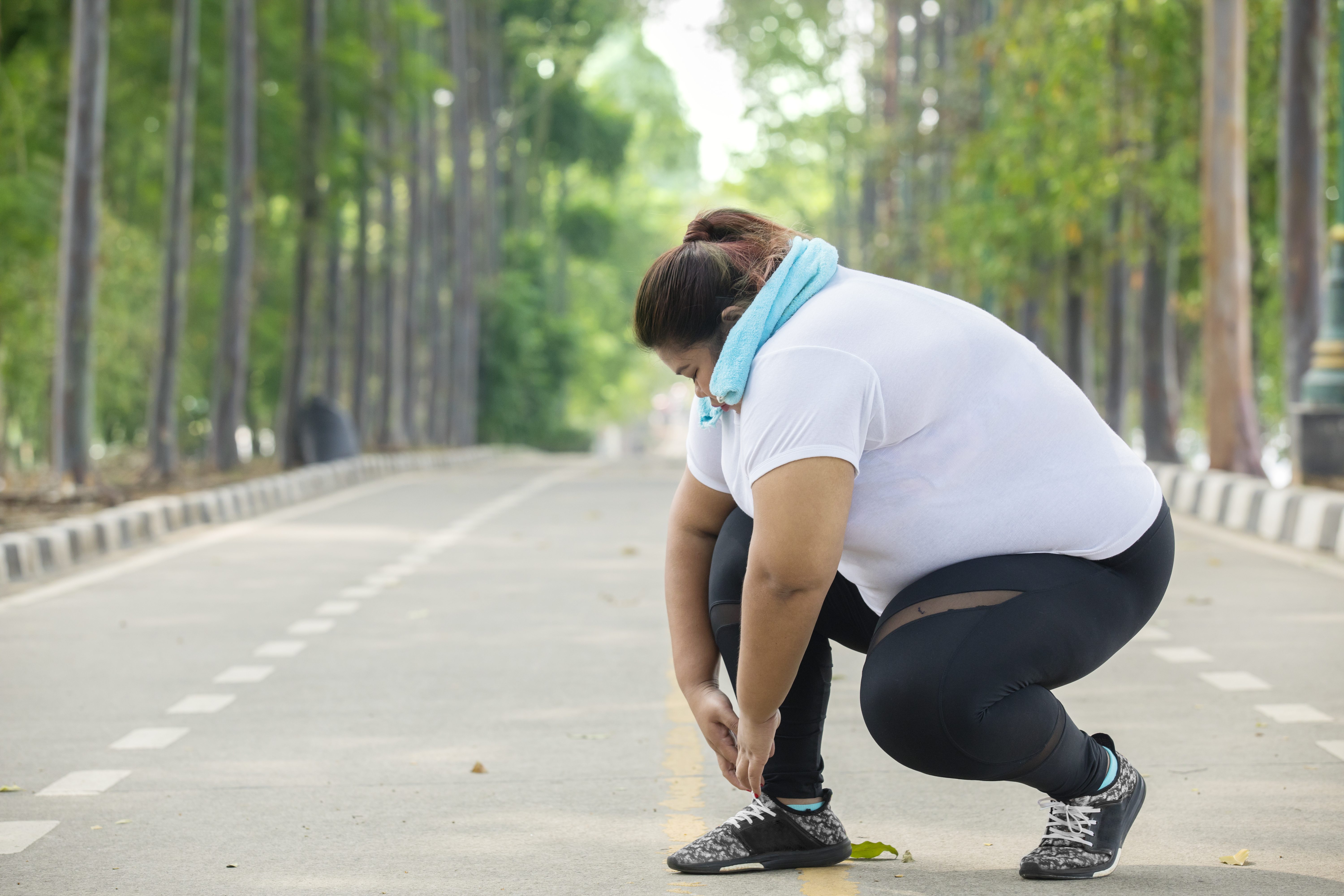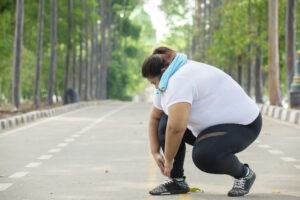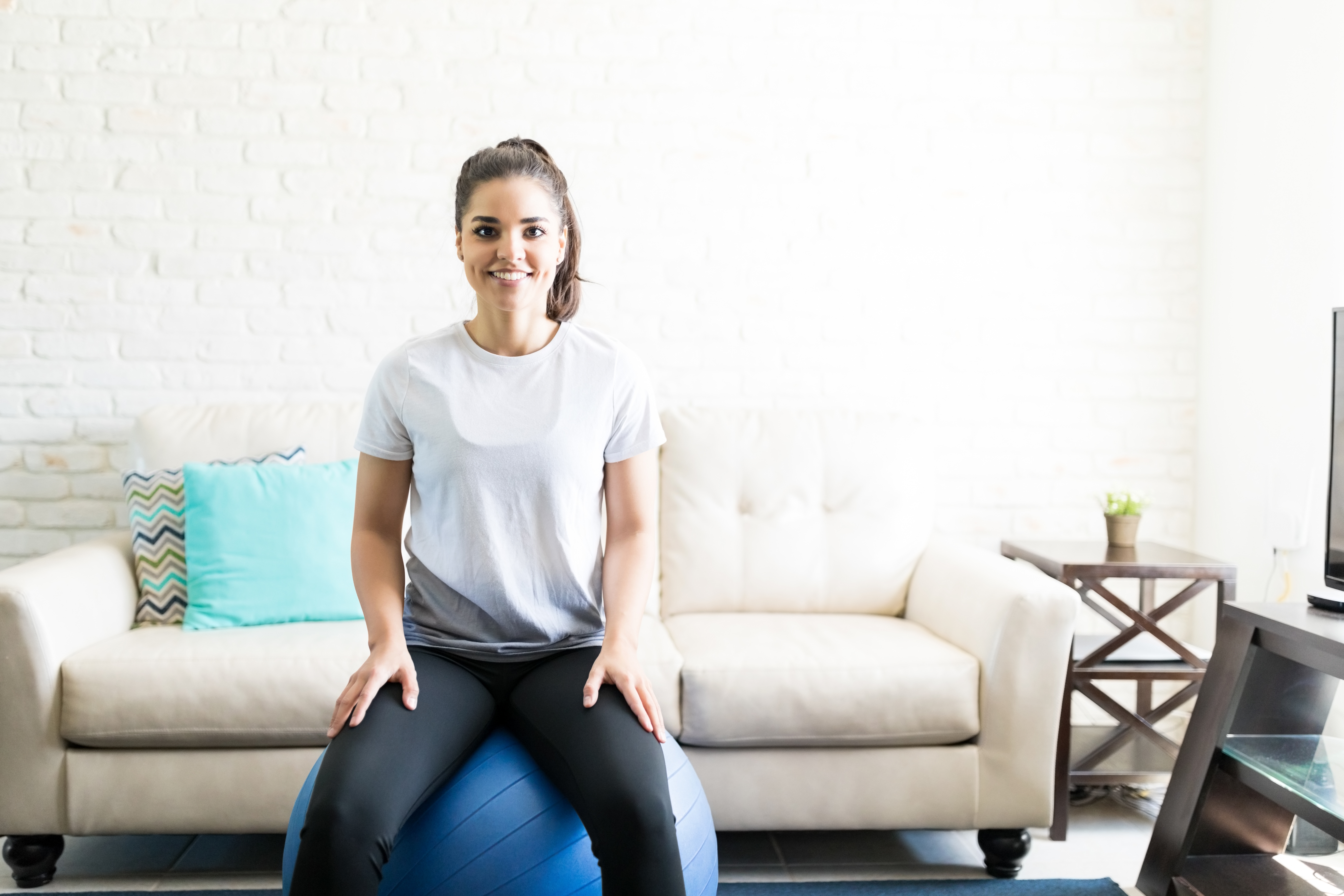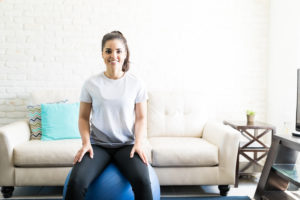
Everyone loves a nice slider; medium, maybe medium-rare depending on personal preference. However, there is another kind of slider used for exercise, which if used correctly can get your body looking right. These exercise sliders also known as gliding disc are often used for core exercises, and while it is beneficial for the core that isn’t all it is good for. There are plenty of exercises that can be used to strengthen not only your core but your upper and lower body as well. We will discuss these different options as well as where to get them and which one to purchase. If you use these tips correctly and consistently, you’ll be able to slide right into great shape in no time.
Where to get them?
You can get gliding disc at any normal retail store such as Walmart, Academy or Target(basically anywhere with a sports equipment section). However, I prefer to get mine from Amazon; as do I everything else. On Amazon there is quite a large selection to choose from depending on which brand you prefer and they are all more or less of the same quality. It is all left up to choice, but have no fear. No matter which brand you choose it is very inexpensive. They all range between about $9-13, but that summer body will be priceless.
Which kind should I get?
One thing I would keep in mind when purchasing sliders is the texture of the surface that you plan on using them on. For this reason I would suggest that you get the dual sided gliding disc, so that you can have a little range as to where you can perform your exercises. The smooth side would be used for carpet and rubber; while the foam side can be used for hardwood, laminate, or tiles. The foam side is also better concrete, because it gives extra grip while exercising. Now, I have seen some people use other household products to do some of the same exercises that you can do with the gliding disc. Some people use DVD cases and frisbees for the carpet; and dish towels, paper plates and swifter dusters for tile. These are all cost efficient ways to get the job done, but be careful when trying them.
Storage and Portability
The beauty of the gliding disc is that it literally takes up little to no space. So if you don’t want your home clustered with all kinds of workout gear they are perfect for you. They are also extremely portable. They vary from about 7 to 9 inches, which is ver easy to cary around. You can bring them outside, to the gym or even while traveling.
What kind of exercises can I do with them?
Right now you may be thinking that with the gliding disc being such a small item, it couldn’t possibly have very many exercises associated with it. However, that’s where you are wrong! The gliding disc can be used for a variety of workouts that range from upper body to lower body and of course with plenty of core in between.
Lower Body
1. Single Leg Bear
When using the sliders it is a good idea to have a workout may, or rug close by, in order to ease some of the pressure on your body parts when on the harder surfaces. In this exercise you will start in the plank position. Choose which leg you want to begin with and cross the other leg over it, while your feet are on one of the sliders. Keep your arms straight and go back and forth between extending and contracting your legs. This will work out your quads(Quadriceps femoris) expenentiolly. If you want to take it up a notch then raise the other leg up and continue to leave it risen while doing the set.
2. Plank Mountain Climbers
For this exercise you can get back in your upward plank position, this time with each of your feet on top of an individual slider. Make sure your mid section is not dipping and is nice and straight. Then pull one knee forward towards your chest. Extend that leg back and then bring the other knee forward. Keep doing this one by one, going as fast as you’d like. This exercise is not only great for working out your legs, but your obliques as well.
3. Squat Skate
In this exercise you will start standing with both feet on an individual slider. Then get in a low squat position. One leg at a time push your leg to the side while dipping low during the extension. Go back and forth and feel the burn. You can also step this exercise up a notch by going out to the side and then the back.
Mid Body (Core)
1. Bear Pose Circles
Let’s work our way up to the mid section also known as the core. For this exercise you will start in bear pose or tabletop position with one foot on each slider. Then lift your knees up off of the ground and hover them there. You will probably find this challenging as is. Then you move your legs around in small circles for as long as you can take it.
2. Bridge Lift Slide
In this exercise start on your back with your knees up and feet flat on top of the sliders. Lie your arms next to your body and then lift your hips up like a bridge. Lower and then extend your legs out; bring your legs back in and then lift your hips again. Keep repeating this and you’ll get a great core workout.
Upper Body
1. Chaturanga Push-Ups
This is where you may want a workout mat or a rug to take some of the pressure off of your knees. To begin this exercise you want to start with your knees and ankles down against the floor. Put your hands on the sliders and slightly raise your ankles. Then you lower down with your elbows on your side at about a 90 degree angle. Extend your left arm out and then back. Then your right arm out and then back. Raise back up until your arms are straight and this is one rep. Repeat these steps for as many reps as you’d like. This exercise is perfect for working out your triceps as well as your core.
2. Push-up into Seesaw
In this exercise you start with your feet on top of individual sliders, preferably with a mat in front of you. Push your legs back and then do a push-up. Then put your forearms down; rock back and pull forward twice. Then come back and do another push-up and that makes one rep. Lather, rinse, repeat and you’ll get a great upper body workout going.
These are just a few of the exercises that you are capable of doing on the gliding disc. If you are interested in additional workouts that can be done with the gliding disc, check out youtube. It is filled with all kinds of different techniques with different difficulty levels. By the end of these workouts you will truly be able to put the ass in aesthetics. These sliders will get your mid body to a nice medium-well.

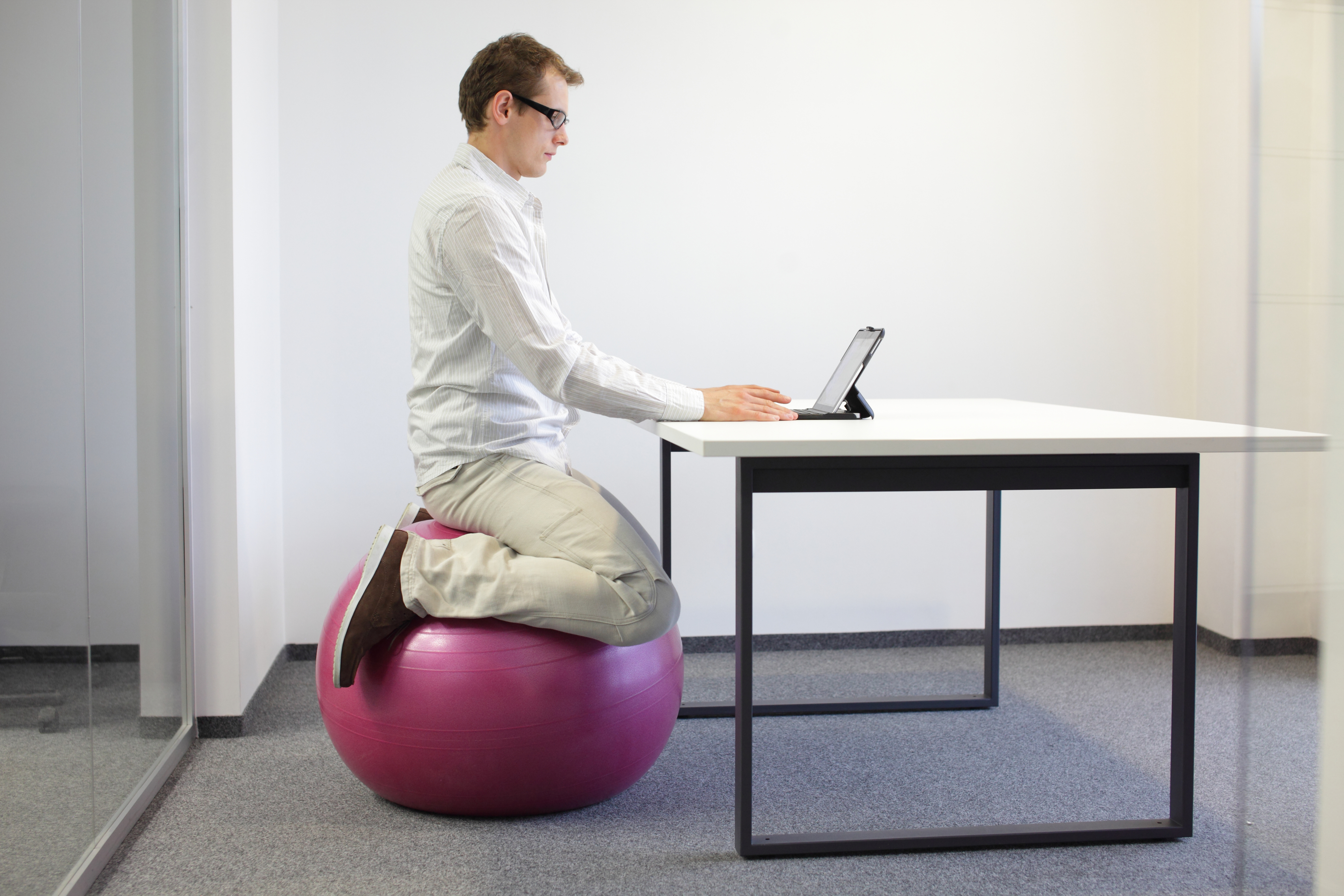
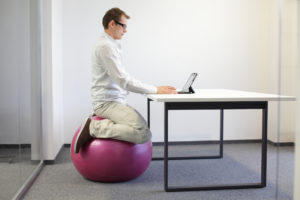 Unstable? Somebody Please Call 911
Unstable? Somebody Please Call 911 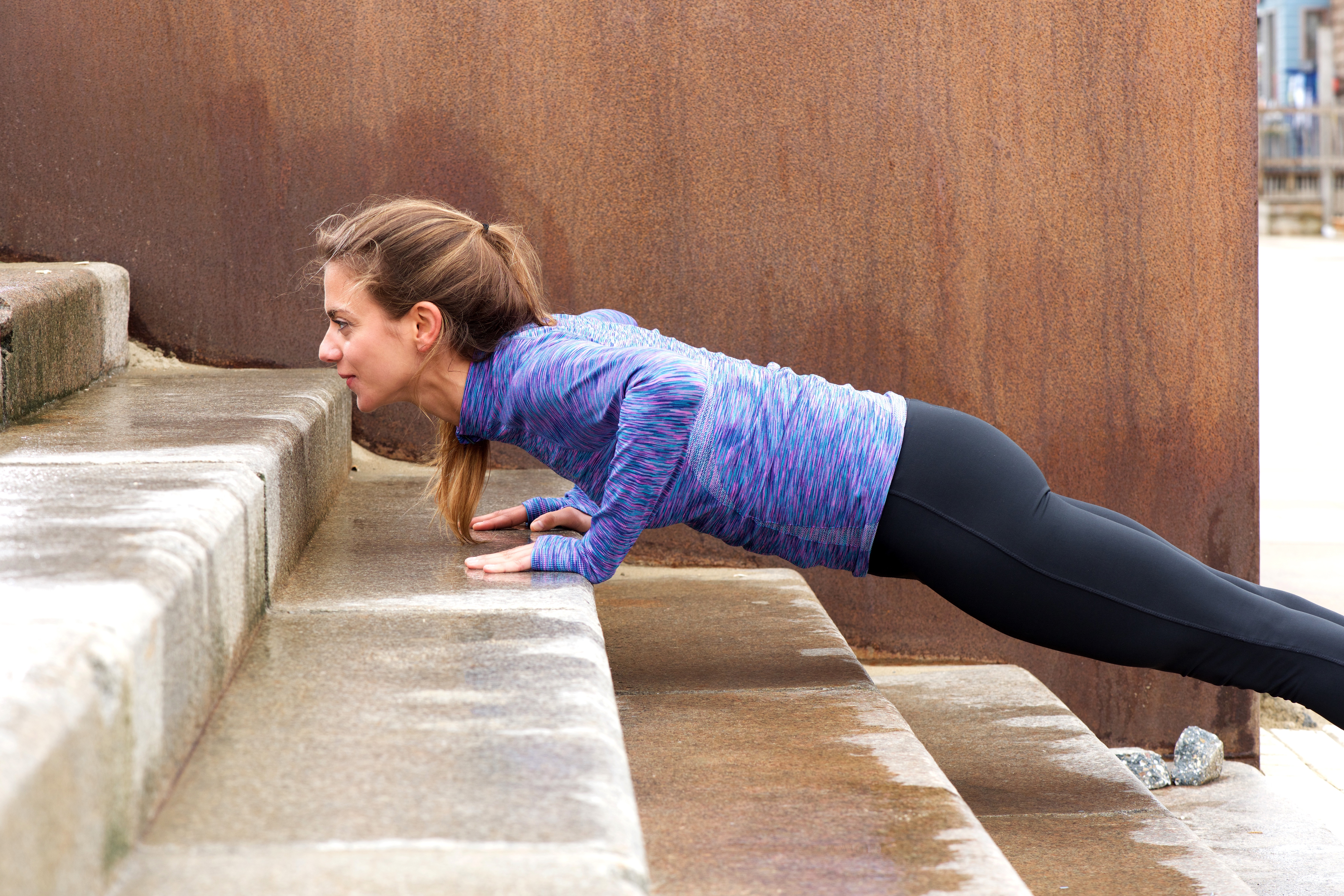
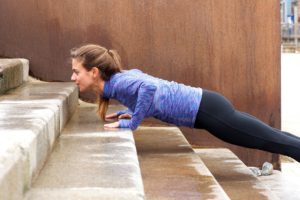 Most people avoid the steps by any means. They will use the elevator, escalator or put a mini fridge in their bedroom. Stairs are everywhere, yet not many use them as a means to get and stay in shape. The only time most people work out on a staircase is when they are running late. For every casual step taken on a staircase you burn about 0.17 calories. This means depending on the number of steps in a flight of stairs you can burn several calories without even noticing it. If you can burn calories by merely walking up a flight of stairs,
Most people avoid the steps by any means. They will use the elevator, escalator or put a mini fridge in their bedroom. Stairs are everywhere, yet not many use them as a means to get and stay in shape. The only time most people work out on a staircase is when they are running late. For every casual step taken on a staircase you burn about 0.17 calories. This means depending on the number of steps in a flight of stairs you can burn several calories without even noticing it. If you can burn calories by merely walking up a flight of stairs, 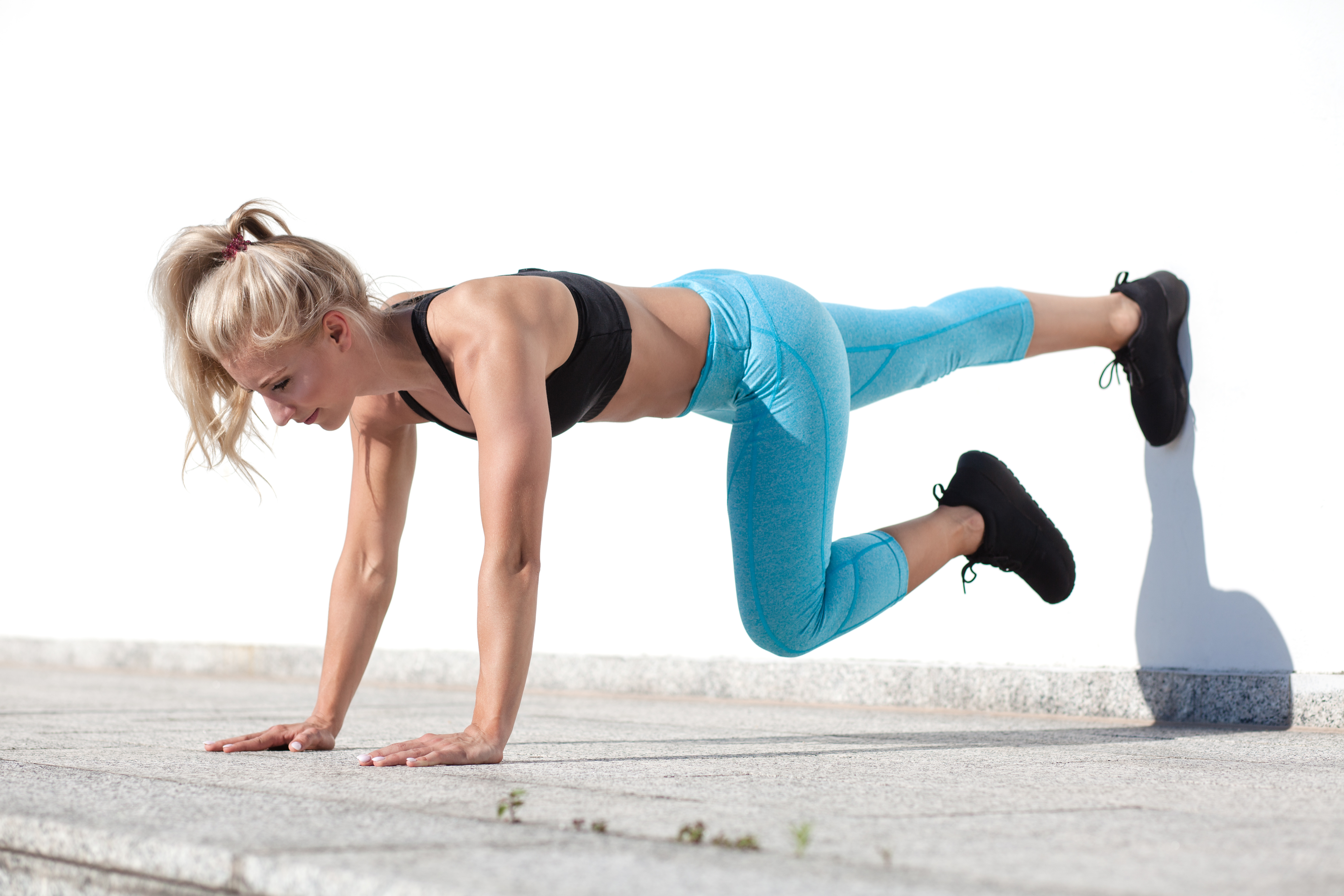
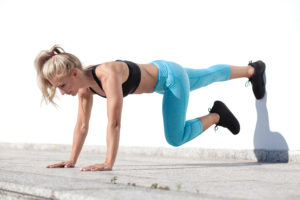
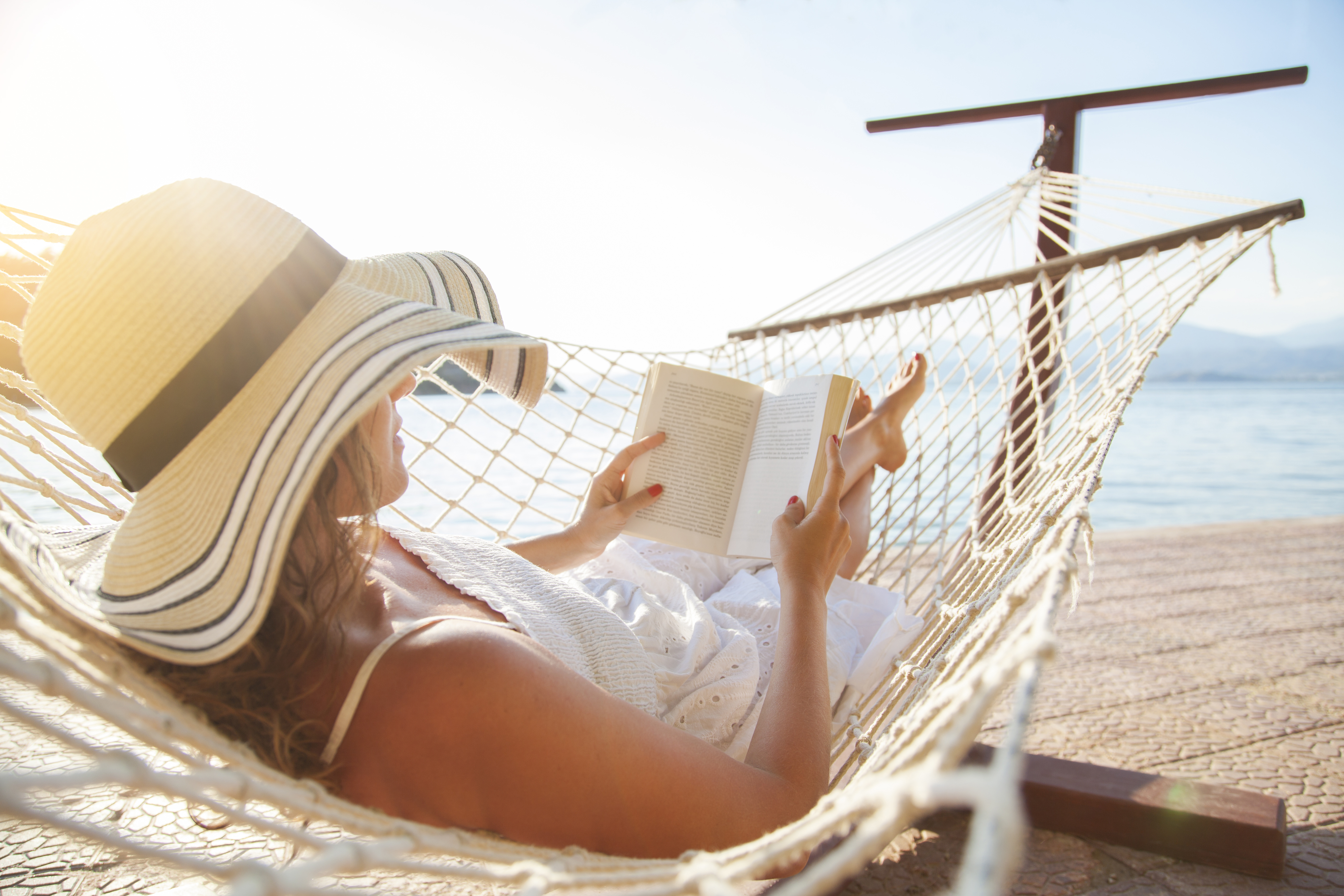
 Taking Time Off from Working Out and Not Worrying About Losing Fitness
Taking Time Off from Working Out and Not Worrying About Losing Fitness